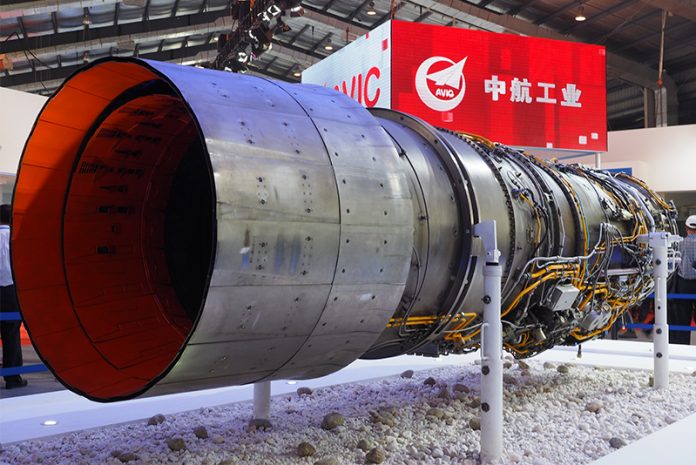Screen captures of a video documentary released in early March by state-owned broadcaster China Central Television (CCTV) suggest that the latest batch of J-10C multirole combat aircraft being manufactured for the People’s Liberation Army Air Force (PLAAF) appear to have been fitted with indigenously manufactured Shenyang-Liming WS-10B Taihang turbofan engines.
J-10 family
The J-10 family is typically powered by more recent marks of the Russian-made Saturn AL-31FN turbofan that produce between 132kN and 137kN of dry thrust, although China has been attempting to develop an indigenous powerplant for the type as well as for other aircraft types in service with the PLAAF.
Efforts to develop the WS-10 turbofan engine, which is the first indigenous high-thrust turbofan engine, were initiated in 1987.
WS-10 turbofan engines
The service tried to field an earlier version of the WS-10 called the WS-10A, although it was found that the engine’s nominal dry thrust output – believed to be around the 132kN range – was deemed insufficient for future growth despite further development work to mature its design since it’s public unveiling at the 2006 edition of Airshow China.
Reliability was also reportedly to be an issue, so plans to mass produce the WS-10A engine for fleetwide installation were eventually dropped to focus on further development. As a result, subsequent tranches of J-10B and newer J10C aircraft continued to utilise the AL-31FN and low-rate production versions of the WS-10A that feature full authority digital engine control (FADEC) while engineers continued to mature the WS-10 design.
The fleeting images of the J-10Cs being readied for apparent delivery to the PLAAF showed a subtly different nozzle to that of AL-31FN or WS-10A-equipped aircraft.
WS-10B engine
According to local reports, the WS-10B employs significant amounts of advanced materials as high-strength titanium alloys, single crystal turbine blades, advanced superalloys, and high-temperature resin-based composite materials.
Images of photos of a J-10B testbed with a prototype WS-10B engine began to circulate on the internet around 2011, and updated images that emerged around 2016 purportedly showed production J-10C testbeds with more mature examples of the engine.
by Jr Ng













